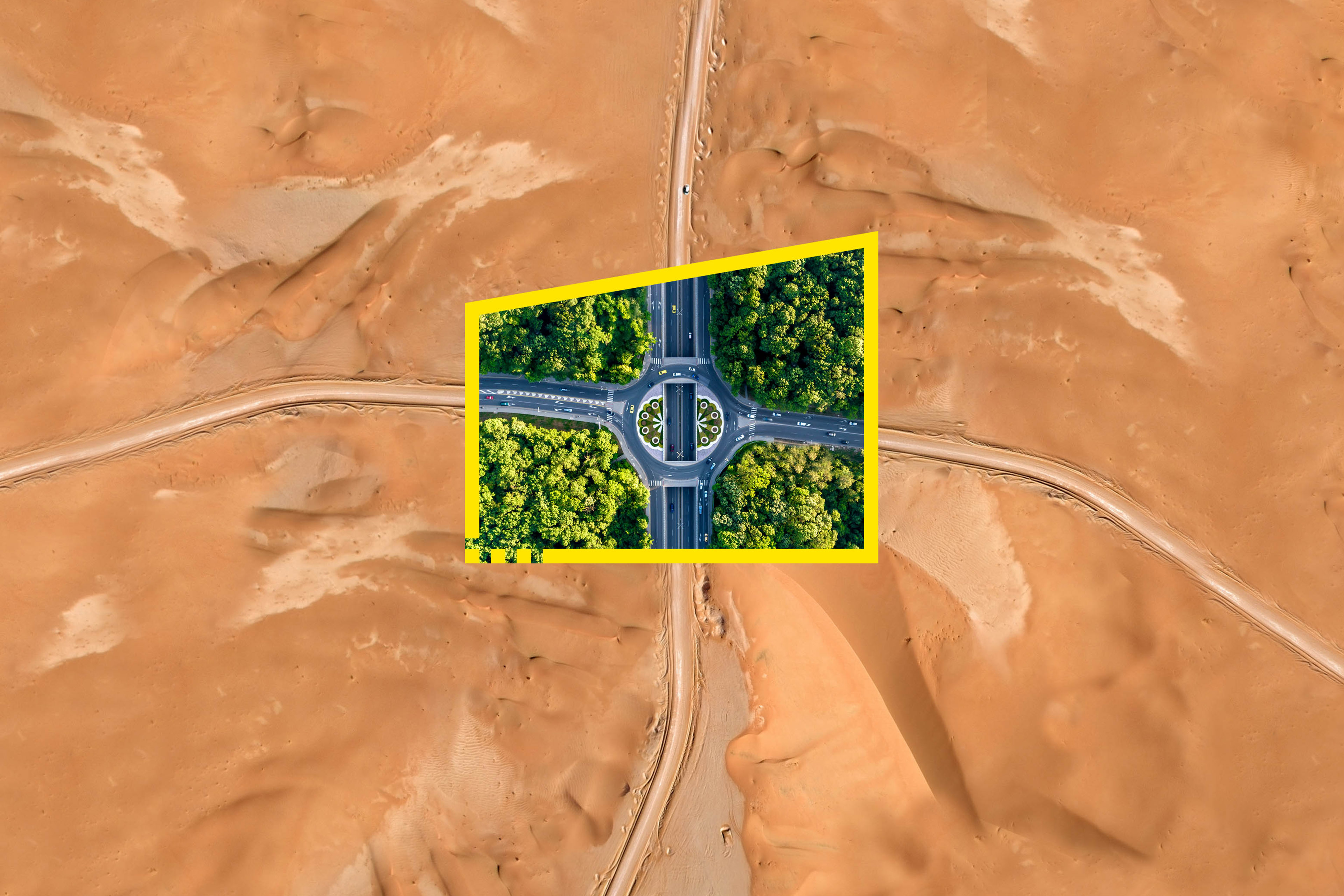Another crucial deciding factor for the payments business engaging with the collaboration was the security of working within a fixed-fee arrangement. This offered the payments business a number of advantages including:
- A fixed price point allowed the payments business to achieve 40% cost savings as compared with the initial determining costs, while simultaneously passing the risk of reaching a fully offshore India model to EY in the long-term.
- The arrangement helped the payments business achieve its goal of obtaining a predictable spend. This compared to the volatility it had previously experienced with a traditional T&M model.
Proof of concept
The first steps EY took in working with the payments business involved broadening its knowledge of the sub-ledger. The development capabilities for the sub-ledger were unique, requiring additional skillsets alongside EY existing experience.
To help improve its understanding, EY engaged with ADWEKO, a specialized IT solutions provider for financial services organizations, based in Germany. ADWEKO proved a suitable vendor to work with as it already had a close relationship with the software company – having previously helped to build and test some of their applications.
Working with ADWEKO allowed EY to gain a thorough grasp of what technological solutions were needed to enhance the sub-ledger, improving back-office efficiency. This effort successfully demonstrated the EY team’s ability to bring the necessary capabilities to the payments business, and led it to a three-month paid engagement for the delivery model.
These steps led EY to winning a five-year managed service contract in which it has been engaged by the payments business to redesign its operating model and, specifically, to devise an alternative along with the software company to improve the software delivery around the sub-ledger tool.
Forging the factory
The first phase of work, spanning three months, required designing a new delivery model.
The payments business’s front and back-office operations – an agile front office and a waterfall back-office system – generated a constant struggle between product innovation and back-office readiness.
The new model curated by EY not only had to bridge this gap, but also put controls in place to boost the quality of inbound requirements and streamline hand-offs between back-office development teams.
This involved the collaboration of teams across the globe that the payments business needed constant access to. Ultimately, this resulted in the composition of two main teams working to provide a standardized process, known as the EY Finance Factory.
The EY Finance Factory – an operating model that helps to streamline the broad process of product recommendations – helps the payments business keep a consistent product delivery process in place, seamlessly operating alongside the business’s changing priorities.
However, the initial implementation of this approach proved a significant cultural challenge for the payments business. As a result, it has been critical that EY maintain a careful balance between greater standardization in product development processes, while leaving enough flexibility to activate a quick turnaround time from product development to market-readiness.







